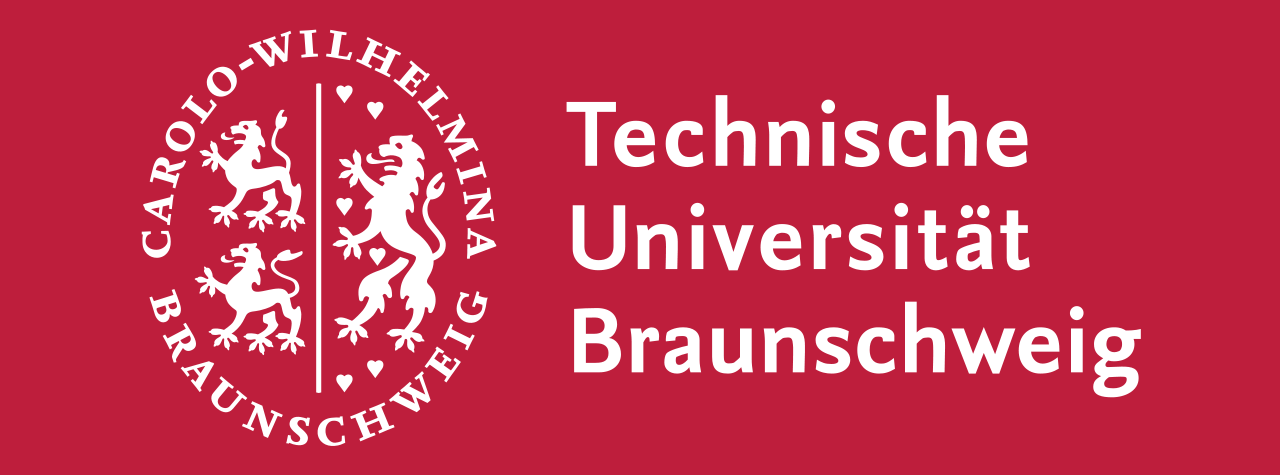Research Summary Report of A10
Earth Additive Manufacturing (EAM) – Material and Process Combinations for AM with Earth-based Materials
[06.02.2025]
M. Sc. Hannes Eichler Researcher, hannes.eichler@tu-braunschweig.de
M. Sc. Diana Zavaleta Researcher, diana.zavaleta@tu-braunschweig.de
Prof. Dr. Harald Kloft Project Leader, h.kloft@tu-braunschweig.de
Technische Universität Braunschweig (TUBS), Institute of Structural Design (ITE)
The main goal of the A10 project is to develop and investigate two innovative Earth Additive Manufacturing (EAM) techniques: Sprayed Earth Additive Manufacturing (SEAM), a deposition-based process (PL Kloft), and Intrusion Earth Additive Manufacturing (IEAM), a particle-bed-based process (PL Dörfler). The study focuses on characterizing earthen materials (PL Machner) and designing mixtures suitable for the specific requirements of these processes. This research aims to understand how material-process interaction affects critical properties such as pumpability, buildability, shrinkage, strength, and drying time to ensure adaptability to diverse construction scenarios and climates. Realistic applications and use cases will be developed to demonstrate the feasibility of these techniques for modern construction needs, with validation through full-scale fabrication experiments and demonstrators.
Summary
This report provides an overview of ongoing research into a novel deposition-based process using earthen materials, known as Sprayed Earth Additive Manufacturing (SEAM). This technique integrates materials and robotic setups to construct buildings by spraying and depositing wet earthen mixtures in layers (see Figure 1). The interdependence of material and process properties becomes evident when designing mixtures need to meet specific requirements for process workability and rapid drying. This needed minimizing the use of mixing water to reduce shrinkage and drying time while enhancing green strength. However, this approach also reduces the mixability, pumpability, and sprayability of the material. Since these requirements are partially contradictory, achieving an optimal material balance presents a challenge. To address this, a secondary material stream can be introduced into the process (see Figure 1c). A second nozzle allows the addition of fibers or dry material mixtures, which then merge with the primary material stream at the workpiece (post-nozzle mixing).
The method is being developed from three complementary perspectives: material, process, and application. These aspects are integrated into an interdisciplinary research study led by PL Kloft, PL Machner, and PL Dörfler.
Current state of research
SEAM is being developed as an innovative technique that integrates material formulation and process optimization. The stability of SEAM structures is controlled by the interaction between material properties and process parameters (Figure 2). A key factor is the plasticity of the earthen mixture, which influences workability during mixing, conveying, and application phases. Material behavior in subsequent phases, such as early and late green states and long-term use, depends on colloidal interactions within the mix.
One primary objective is to minimize water content to reduce shrinkage and drying time while maximizing green strength. This involves a systematic study of how plasticity evolves throughout the process, ensuring sufficient buildability while maintaining extrudability. Ongoing work focuses on defining optimal plasticity values based on material characterization (PL Machner).
A parameter study is currently ongoing to refine material formulation and process techniques. SEAM shares research questions with Shotcrete 3D Printing (SC3DP). However, processing earth-based materials presents unique challenges, which are being investigated in the A10 project. This work aims to understand SEAM’s intrinsic factors, from material properties to process optimization, ensuring feasibility for large-scale structural and architectural applications in real-world contexts.








